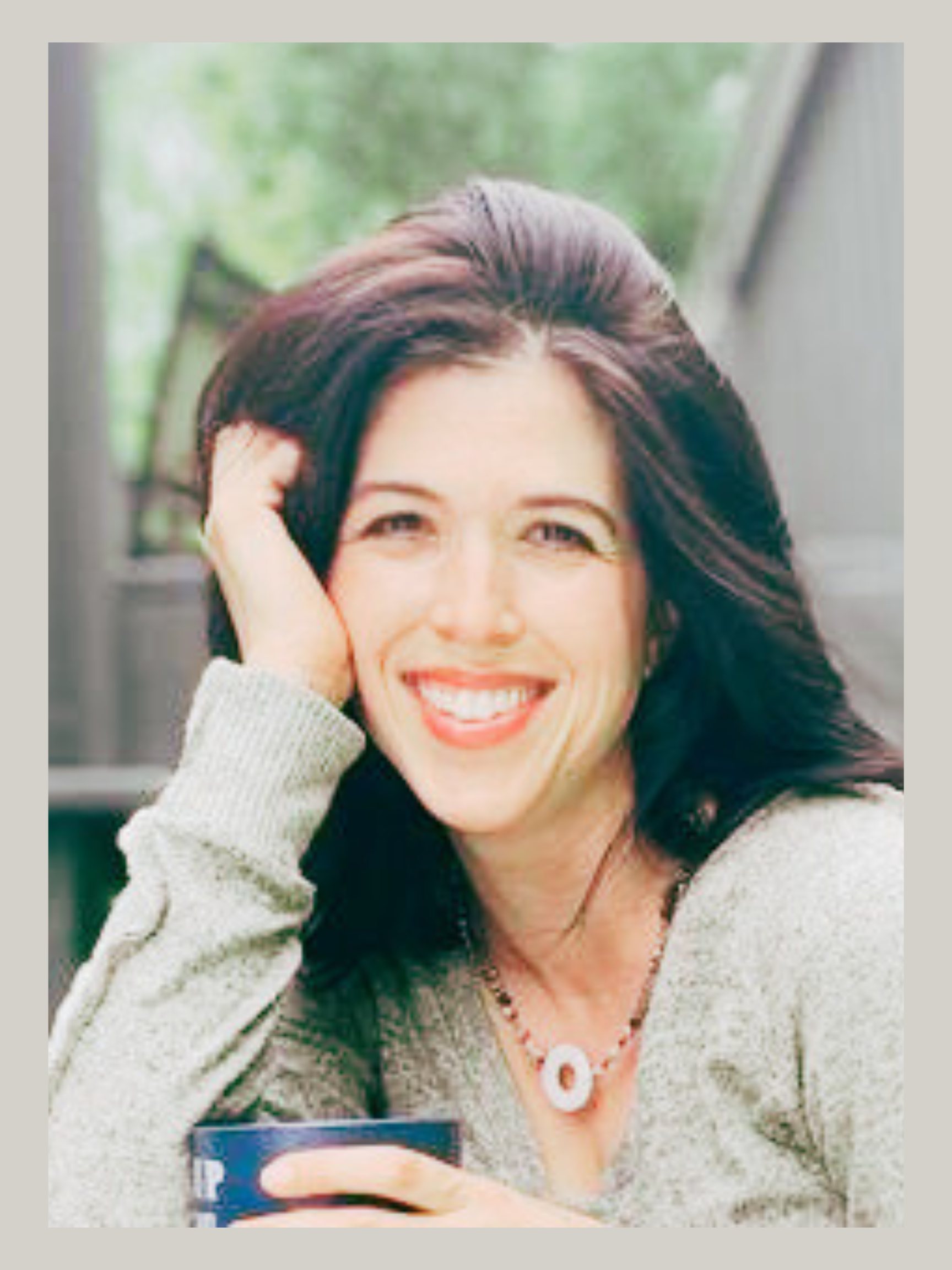ADHD and Thought Distortions: When Your Brain Lies to You
One of the sneakiest challenges of living with ADHD isn’t time management or procrastination, it’s the thoughts and stories your brain tells you about those things.
Thought distortions can fuel shame, anxiety, and tank our motivation. If left unchecked, they have the power to sneakily sabotage us in the background, unnoticed. Once you learn to notice and challenge thought distortions, you can begin to change them.
What Are Thought Distortions?
Thought or cognitive distortions are unhelpful, automatic ways of thinking and they’re typically exaggerated, overly negative, or simply inaccurate. Everyone deals with cognitive distortions at times.

ADHD Brains & Thought Distortions
When you grow up feeling out of sync, your brain may start creating shortcuts, assumptions to protect yourself from disappointment or judgment. Over time, those become automatic and you stop questioning them.
But here's the thing: thoughts are not facts. Just because your brain says something doesn’t mean it’s true.
Coaching Through Thought Distortions
Thoughts are automatic so it’s not realistic to “stop” these thoughts entirely- they’re going to pop up.
But you can choose how to interact with them and respond to them differently:
1. Label the distortion
“I’m having an ‘all-or-nothing’ thought.” “Am I mind reading here?”
“I’m having an ‘all-or-nothing’ thought.” “Am I mind reading here?”
2. Stretch it- Ask Questions!
Our brains might reject a 180 thought when it comes to these distortions. Try finding holes in the thought in order to weaken its grip. “Is that 100% true? Is there another way to look at it? What else is a possible explanation?”
Our brains might reject a 180 thought when it comes to these distortions. Try finding holes in the thought in order to weaken its grip. “Is that 100% true? Is there another way to look at it? What else is a possible explanation?”
3. Reframe it.
“I didn’t do everything, but I made progress and that matters.”
“I didn’t do everything, but I made progress and that matters.”
4. Add an Action. While I think the “thinking work” of pushing back on thought distortions is important, my ADHD (and coach) brain needs action.

Examples
“If I didn’t get everything done today, the whole day was a failure.”
Label: All-or-Nothing Thinking
Stretch: Did you overload your list and set yourself up for failure? If so, this is a math problem, not a character flaw.
Did you remember everything you did today or are you just focusing on what’s left? You may not even remember some of the things you crossed off your list or if there were legitimate reasons you needed to pivot in the day.
Reframe: I didn’t get everything done today, but I did accomplish these three things.
Action: Try keeping a “ta da” list this week. Notice (and celebrate) what you did get done- even if it wasn’t on your list. Undone tasks don’t erase all your effort. Progress counts and snow balls into bigger wins.
“I always screw things up. I never follow through. I always drop the ball.”
Label: Overgeneralizing
Stretch: Always and never are red flags for thought distortions!
Can you give an example of the opposite- where that was or wasn’t true? When my clients come to our calls with this thought, we’re often able to find several examples, even from that day, that contradict their all or nothing thought.
Reframe: “I’m feeling embarrassed that I missed that client meeting but I’ve been on time for the last 3 calls we scheduled. Everyone makes mistakes and this one helped me see that my reminder system needs some tweaks.”
Action: When your thoughts go to extremes, put them on trial. List the concrete evidence for and against your “all or nothing” declaration.
“My friend didn’t text back. I must have done something wrong and they’re mad at me. ”
Label: Mind Reading and Personalization
Stretch: It’s possible that your friend is mad at you. It’s also possible that it has nothing to do with you. What are other possible reasons your friend might have missed responding to your text?
People with ADHD often take on the responsibility of “mind reading” to avoid rejection. Not only is this not our job, it’s impossible to do- it may feel true to us, but we’re often way off when we’re mind reading!
Reframe: “Maybe Anne got distracted before she could answer my text.”
Action: Make it a game. When you catch yourself (or someone else) mind reading, come up with at least 3 possible alternatives. They don’t even have to be likely, just possible! When my kids were younger, we would make this a game- who could come up with the most ridiculous explanation.
Bonus: You’re practicing cognitive flexibility here!
Try assuming positive intent. Recognize when you’re taking on mind reading in order to head off rejection and let go of that responsibility.

Final Thought
Changing how you think doesn’t happen overnight. But every time you pause and choose curiosity over criticism, you’re rewiring your brain little by little.
If you need help seeing those patterns or shifting them, coaching, therapy, and supportive communities can help.You deserve support. You deserve kindness, especially from yourself.
Need more support ?
I can help.

Today we’re talking about practical, realistic, brain-friendly ways to lower stress, avoid burnout, and protect your energy during the holidays. No perfectionism just strategies that actually work your brain! In this video we cover: Why holidays feel so intense with ADHD, How to simplify without losing joy , A better way to look at your calendar, Supporting executive functioning during busy seasons, Delegation, automating, reducing decisions, Building in recovery time, Anchoring habits for emotional + physical regulation, Self-compassion during a messy, beautiful season
Read more...

















